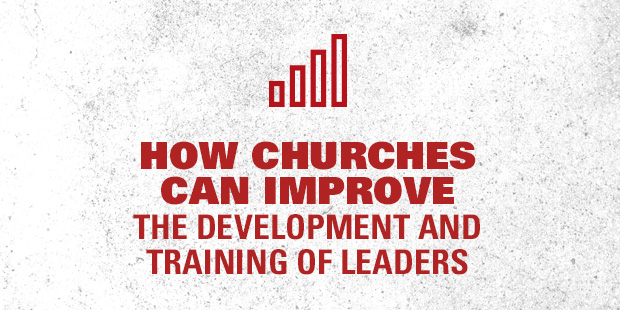
These Four Things Develop Great Teams
Editor’s Note: During our August focus on Guest Experiences, we are honored to have some of the best voices in the world of Customer Experience provide guest posts for the Vision Room. As you read the content below, simply think “Guest” in terms of the “customer” the author is talking about – and you will benefit from the knowledge and expertise of some great minds.
It took more than a good idea to bring the Disney University into existence. This new baby in the corporate family wouldn’t have survived had it not been for certain circumstances.”
Van France, Disney University Founder
Which of these reflect your team development efforts?
- “Why aren’t the standard operating procedures of our company followed?”
- “Why is it so hard to sustain the momentum we had during training?”
- “Our employees attend training programs … and tune out.”
Far too many organizations struggle to provide employee development experiences that survive beyond the walls of their classrooms or the pages of their training manuals.
Why? They lack the circumstances referred to by Van France.
Even the lowest-tech, most bare-boned and budget-challenged training program will get the job done when the following four essentials, (Van’s circumstances) are in place: Innovate, Support, Educate & Entertain.
Employee development activities reflect core organizational values and health. The content of training programs, the individuals who teach them, the employees who attend, and the way employees are supported outside the classroom reveal much about organizational culture. What do your training activities (or lack of) tell you?
- Is innovation encouraged? To what extent is creative, out-of-the-box thinking fostered, both in the training environment and on the job? Or, are you paralyzed by fear of failure?
- Is organizational support found at every level? Are leaders—from owners and C-level executives to front-line supervisors—aligned with the training team? Is their support overt and enthusiastic? Do Operations and Training staff collaborate to ensure effectiveness of content and delivery methods?
- Is employee education valued and non-negotiable? Or, is training the first thing cut when budgets are tight?
- Is entertainment incorporated into training and education initiatives? Is training engaging and practical? Are experiential training techniques that have enough “shock value” (simulations, role-plays, exercises) employed to get maximum involvement from all trainees … even the introverts? Entertainment, effectively used, has a place in virtually any training environment; it helps transform theory into action and boring into memorable.
Yes, the Disney University benefits from having iconic mascots such as Mickey Mouse and Donald Duck. More important, the Disney University enjoys the Four Essentials outlined above. Which of these does your organization bring to life?
Excerpt taken from:
Disney U
How Disney University Develops the World’s Most Engaged, Loyal and Customer-Centric Employees
Learn more about the importance of training in your hospitality ministry – start a conversation with Guest Experience Navigator Bob Adams.

Tags: Disney U, Doug Lipp, Team Training, Training















